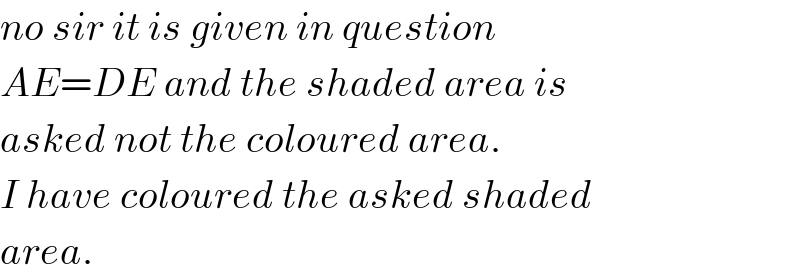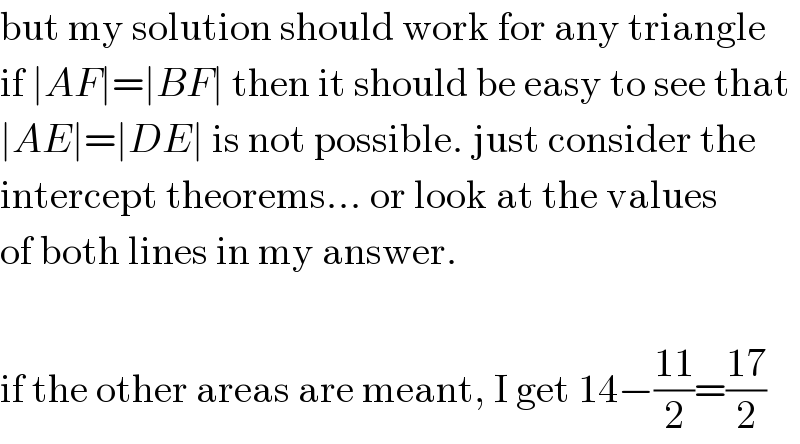
Question and Answers Forum
Question Number 41103 by ajfour last updated on 02/Aug/18

Commented by ajfour last updated on 02/Aug/18

Commented by MJS last updated on 02/Aug/18

Commented by ajfour last updated on 02/Aug/18

Commented by MJS last updated on 02/Aug/18

Commented by ajfour last updated on 02/Aug/18

Commented by MJS last updated on 02/Aug/18

Answered by ajfour last updated on 02/Aug/18

